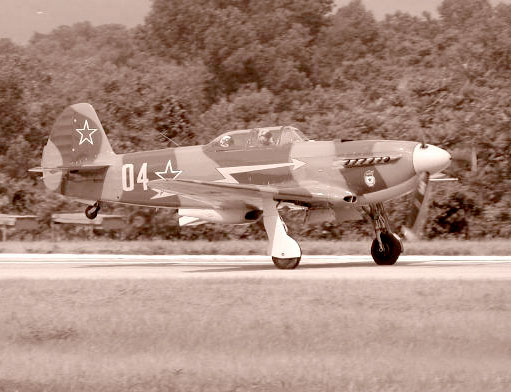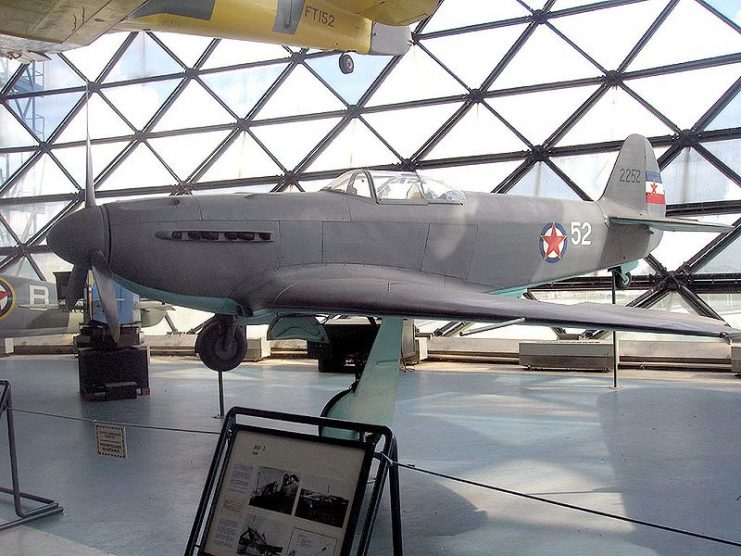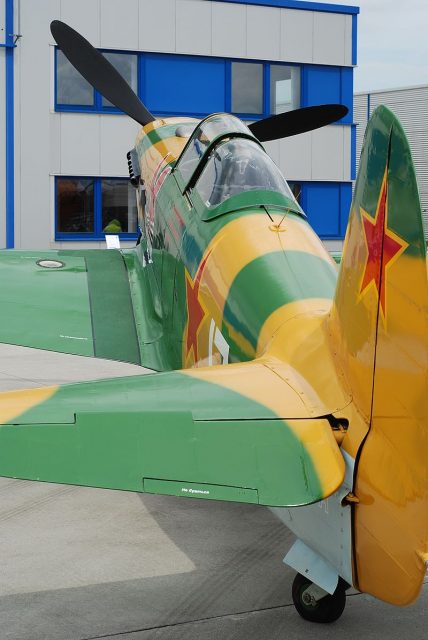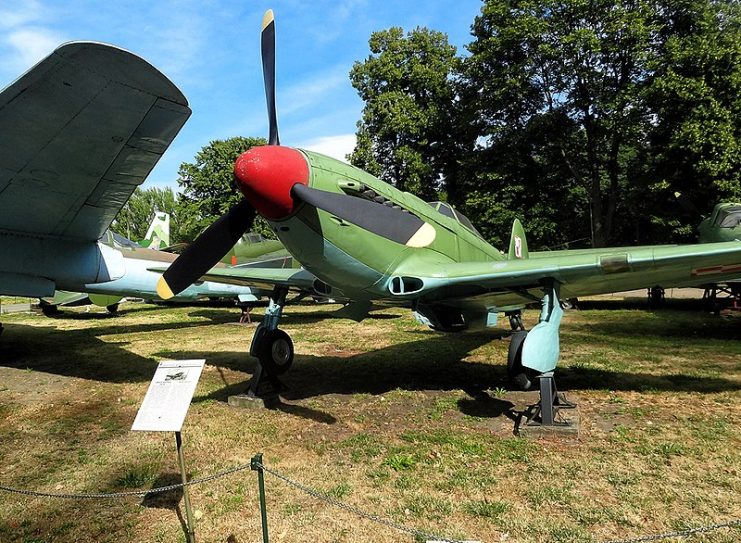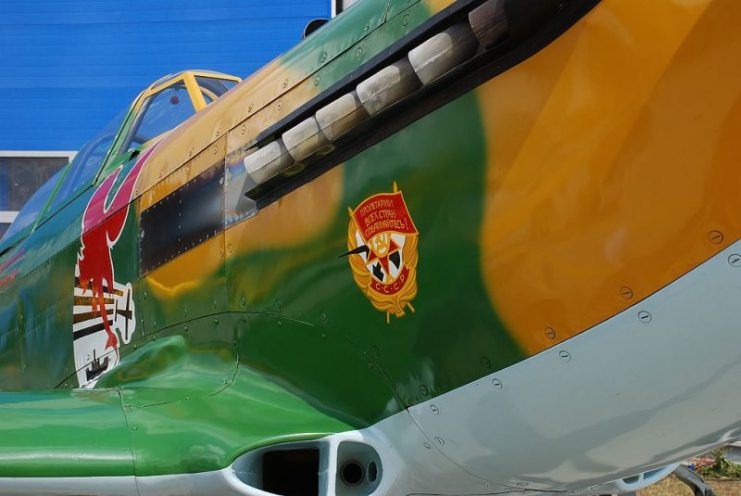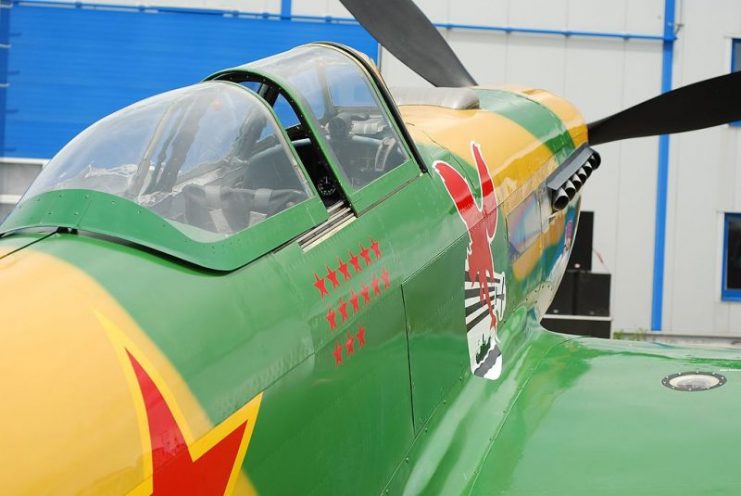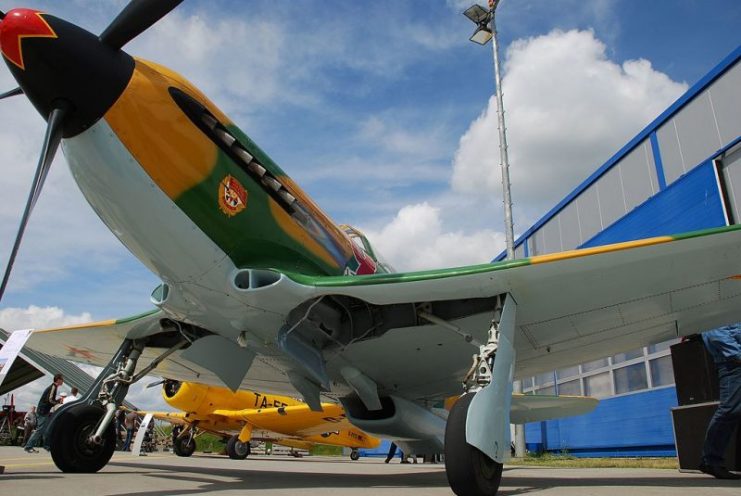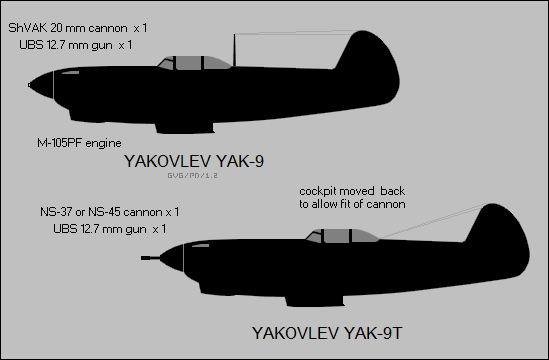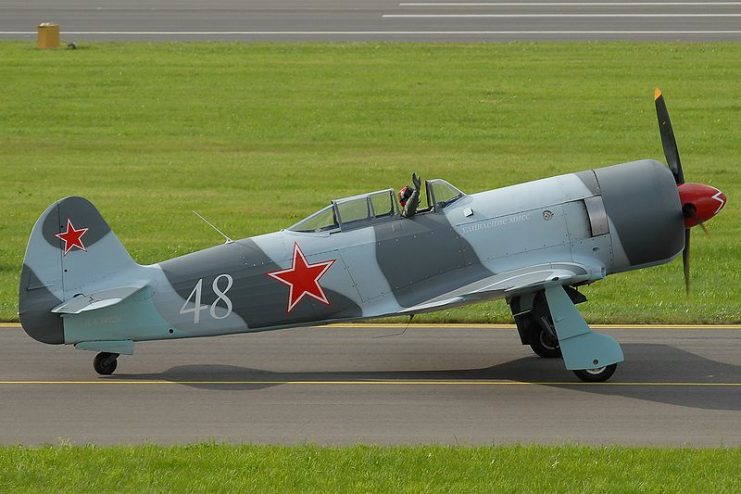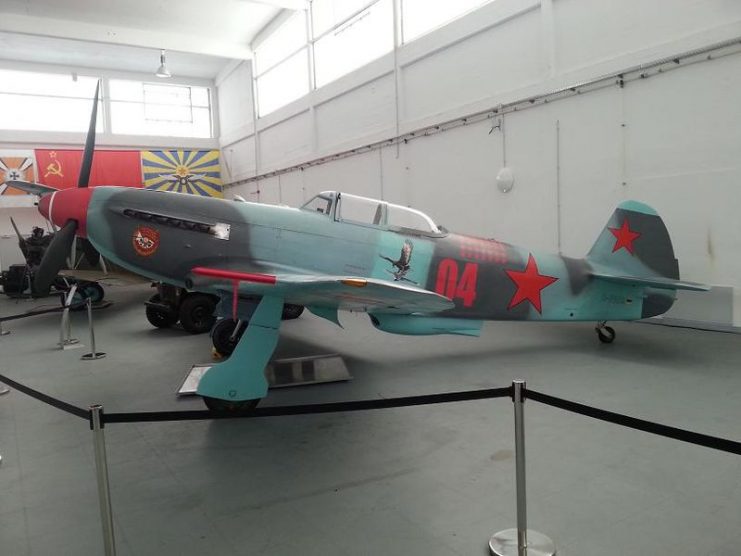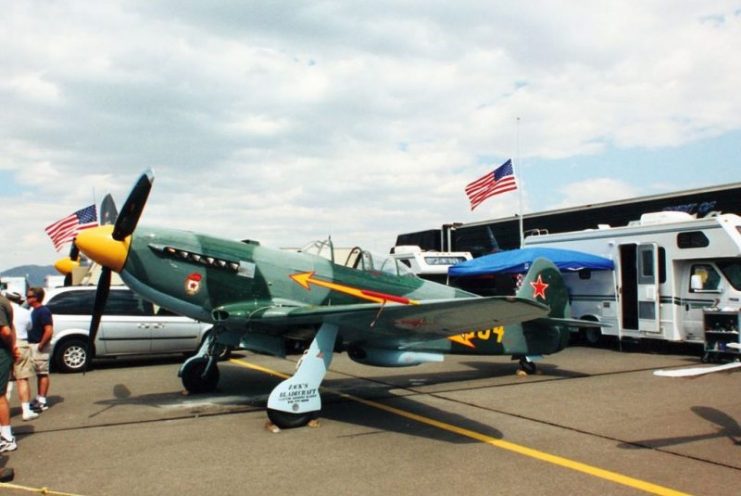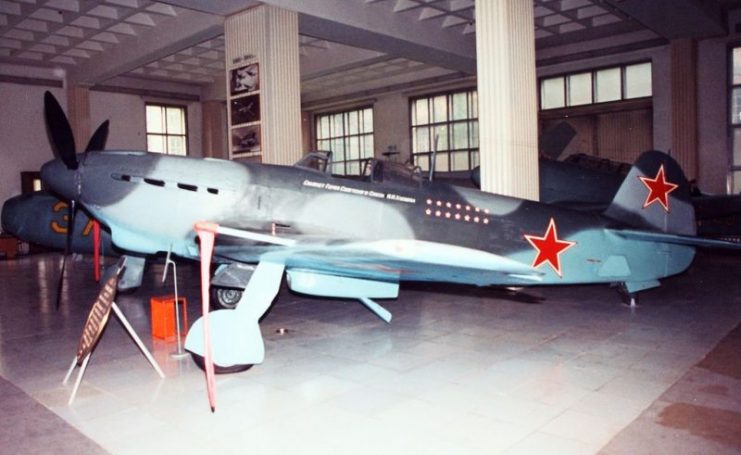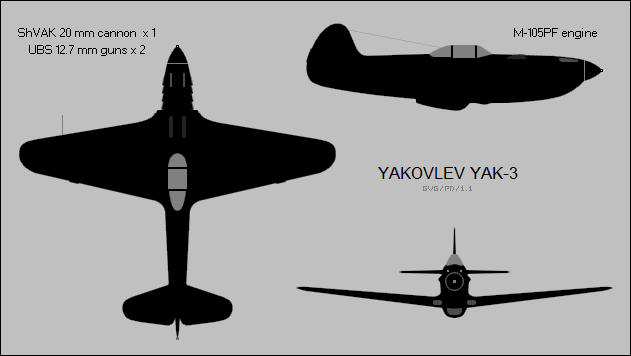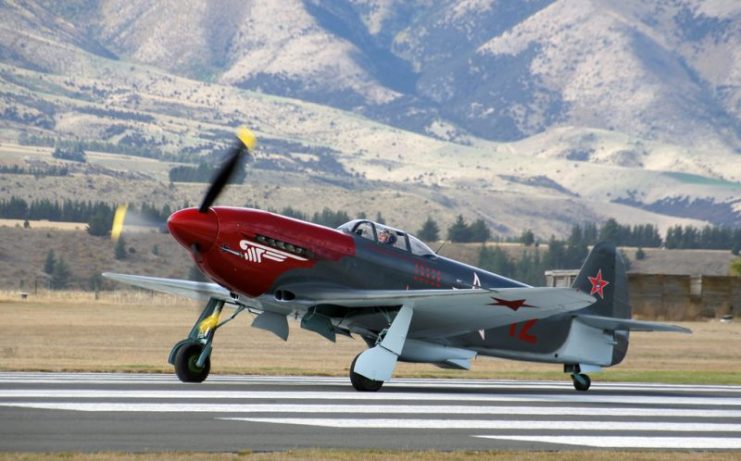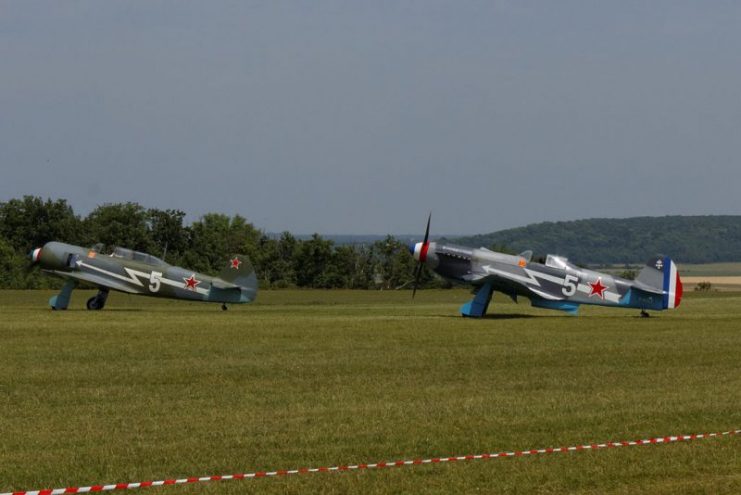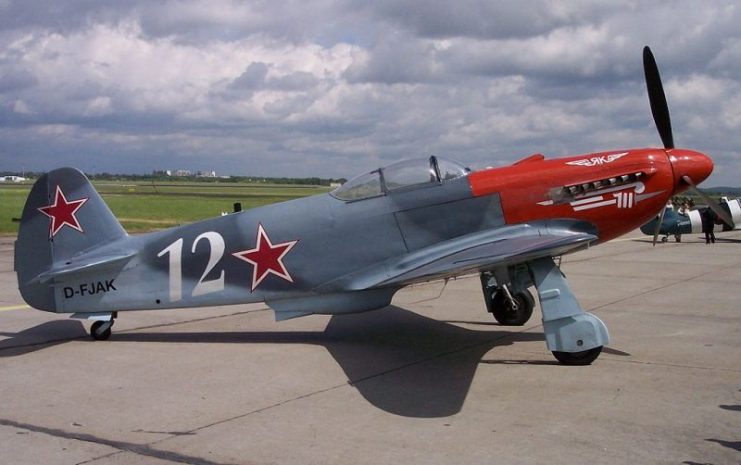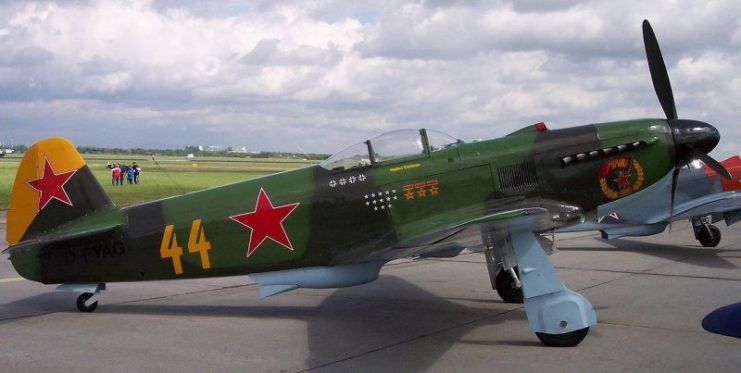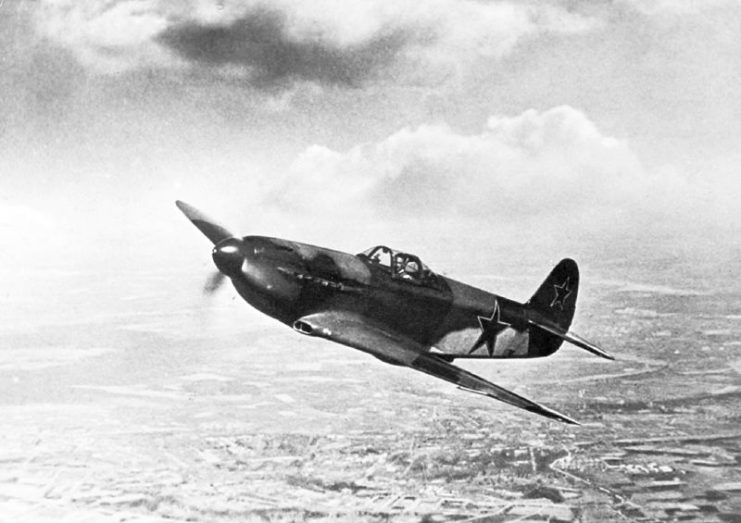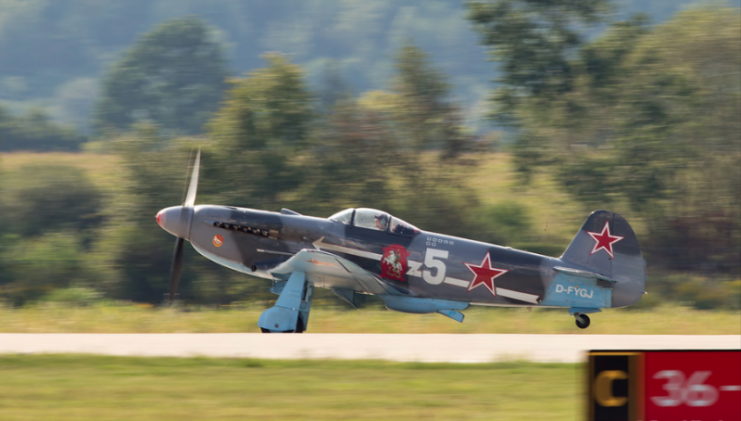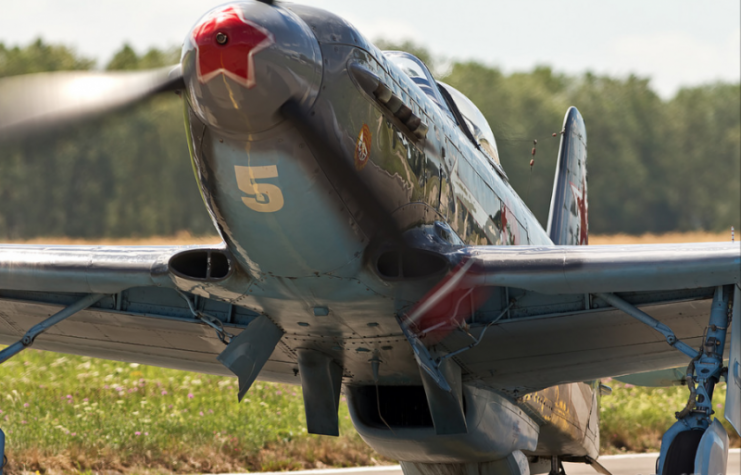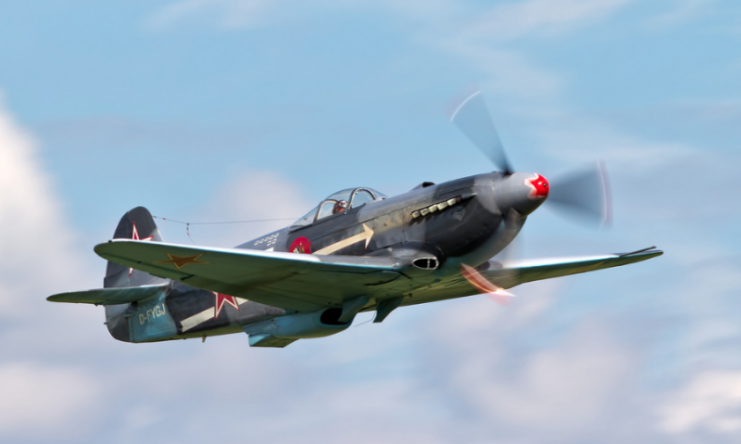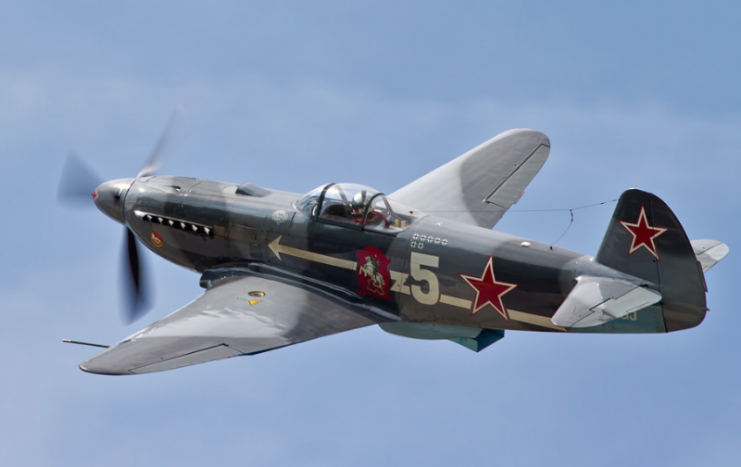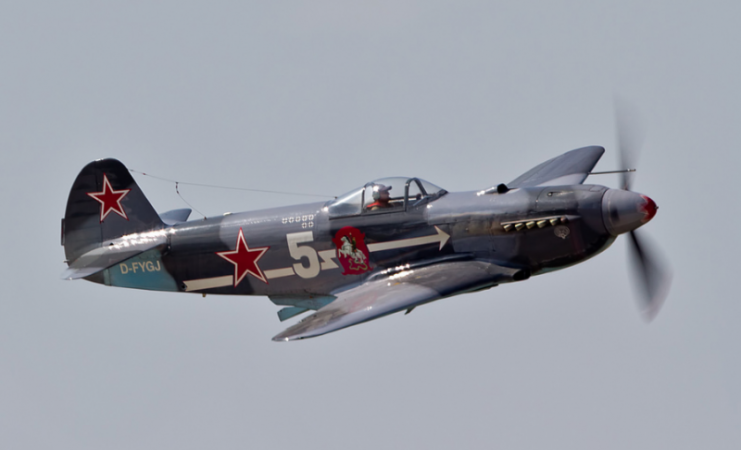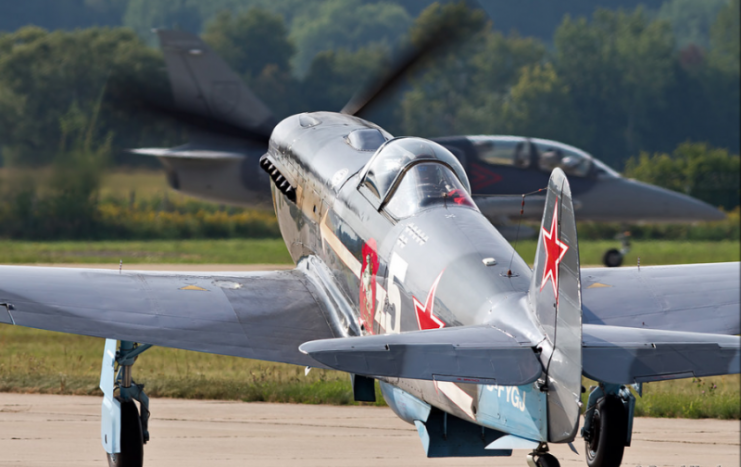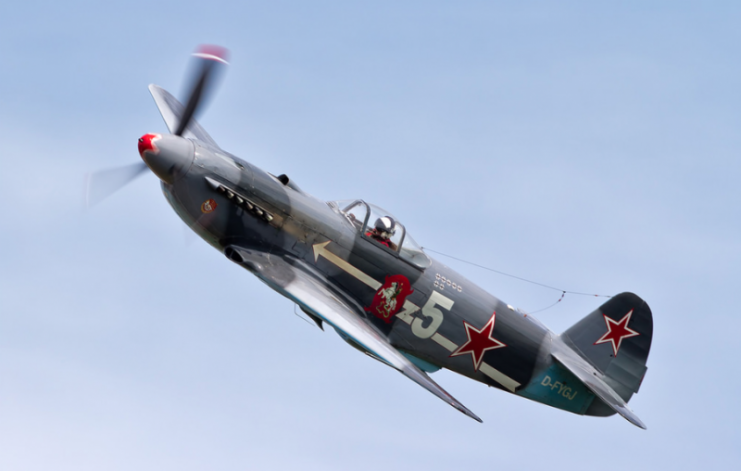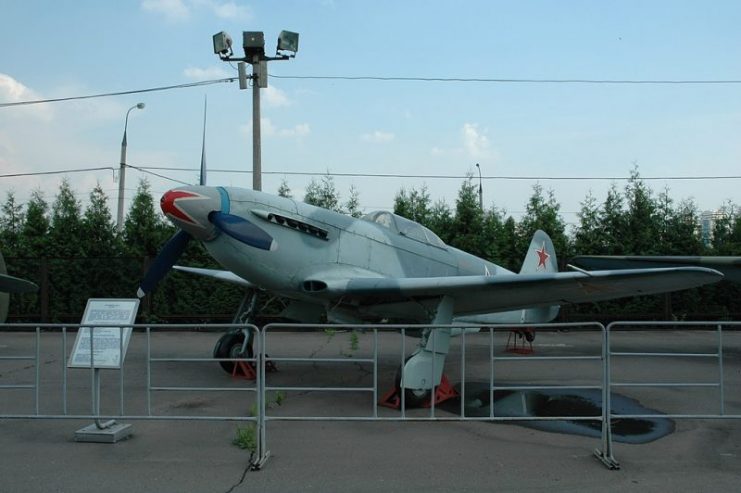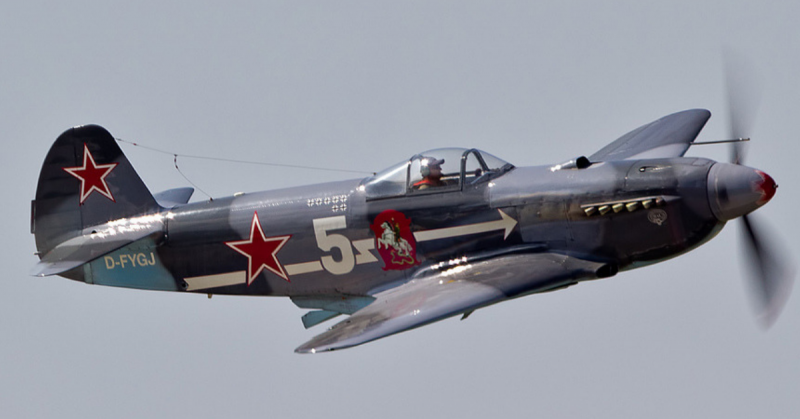The middle of World War II, called the Great Patriotic War in the USSR, was for the Soviet engineer Alexander Yakovlev one of his most fruitful stages of work. In 1943, he and his team created several modifications of the Yak-9, which was to become a long-range fighter, and prepared one of their best Yak-3 fighters for serial production.
However, it is worth noting that, despite the appearance of new fighters, at first the situation in the sky remained tense. The report of the Air Force Research Institute at the end of 1942 gives this estimation of the Yak aircraft: “For the successful outcome of the air battle at Stalingrad, for every German fighter two Yak fighters were needed.”
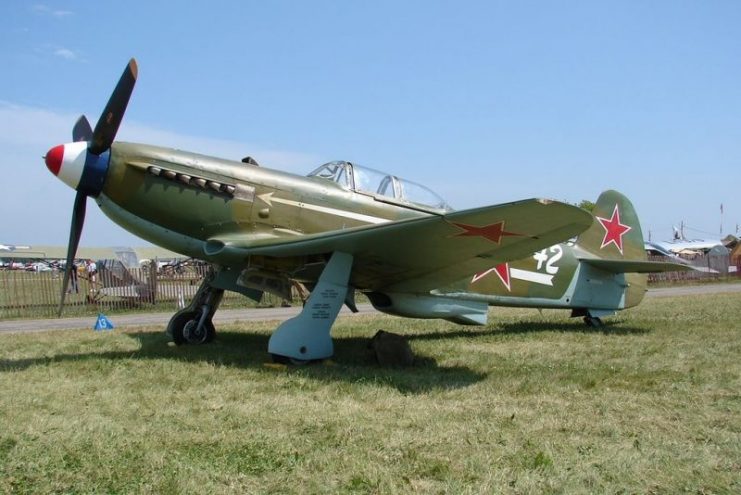
The initial deployment of the original Yak fighters in the war revealed their main shortcomings. They had inadequate power to weight ratio in comparison with German fighters. Therefore when creating the Yak-3 fighter, the engineers used the Yak-1 with its M-105 engine as the basis, but reduced the size of the wings, reduced the volume of its fuel tanks, and improved individual assembly elements. These things were done in order to reduce aerodynamic drag and improve overall performance.
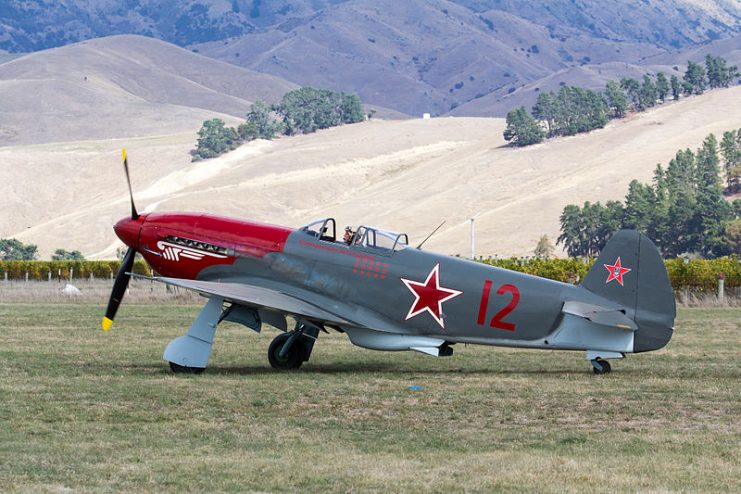
The weight of the new Yak-3 was about 440 pounds less than the Yak-1. All the changes increased its maneuverability, speed and simplicity of piloting, although the one drawback was a reduced range. After the appearance of the M-105PF engine, the Yak-3 was ready for serial production and arrived at the front in the summer of 1944.
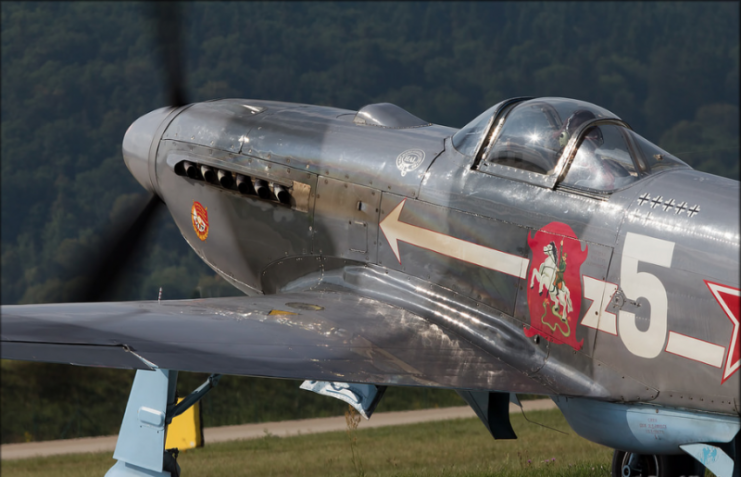
During air battles, the Yak-3 proved to be an effective fighter. Over the years of the Great Patriotic War, 4,111 units of this aircraft were built with various modifications. The maximum speed of the Yak-3 was 400 mph, and the maximum height reached was 35,105 feet. Standard armament included one 20-mm ShVAK cannon and two 12.7mm UB machine guns.


The Yak-9 aircraft, created in the second half of 1942, was a continuation of the Yak-1 and Yak-7 fighters. From the constructive point of view, it was an improved version of the Yak-7 and looked similar on the outside. The first serial Yak-9 was equipped with an M-105PF engine, and its wooden elements were replaced with duralumin, which reduced its weight by about 330 pounds while also increasing the amount of fuel it could carry.
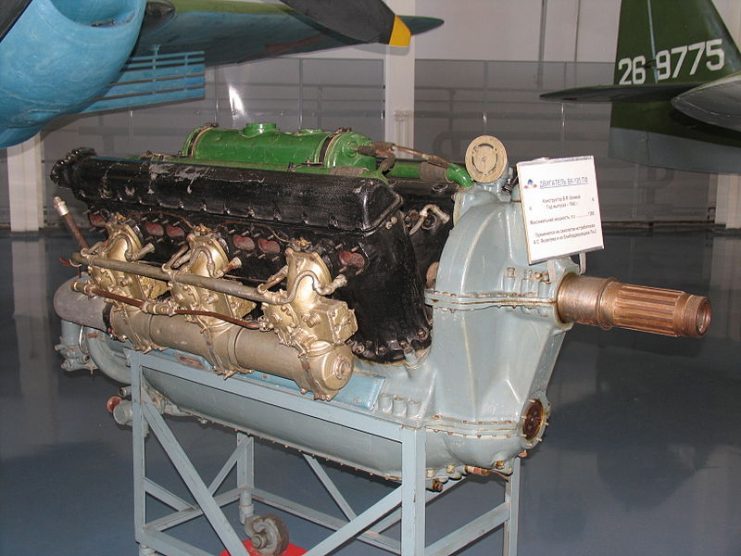
In comparison with its predecessors, the Yak-9 possessed excellent maneuverability and climbing capacity. It had 22 major modifications, which included 2 different wing designs, 5 different types of engines, 6 variants of fuel tanks, 2 variants of special equipment, and 7 variants of weapons. 15 of the modifications were produced serially.
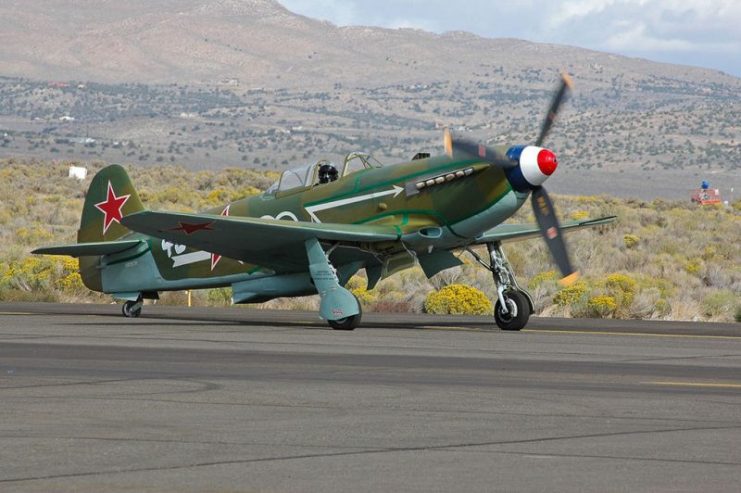
During the Great Patriotic War the Yak-9 became the most abundant fighter of the Soviet Air Force. During the years of production from 1942-1948, 16,769 units of Yak-9 of various configurations were created. After the Battle of Stalingrad, the Red Army used it in many military operations. Yak-9’s were also later used in the Korean War.
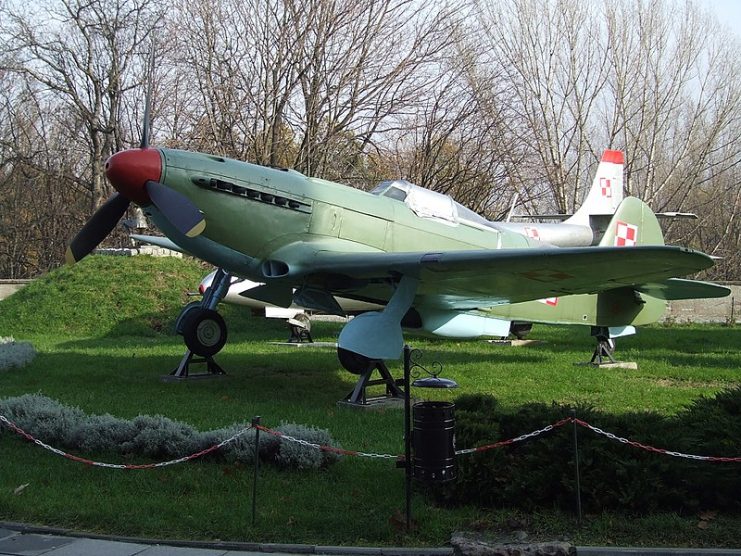
In addition to the Soviet Air Force, the air forces of Bulgaria, Poland, Albania, Hungary, Yugoslavia, China and North Korea have used the Yak-9.
